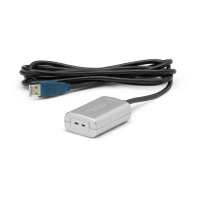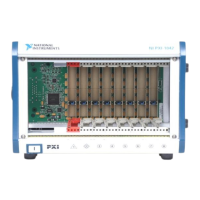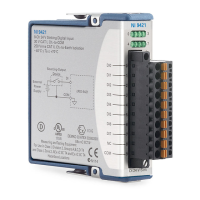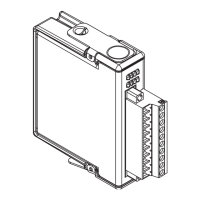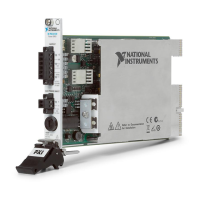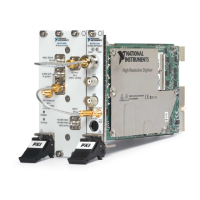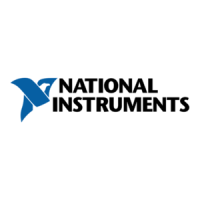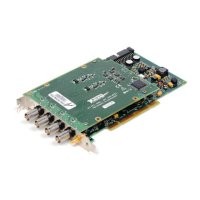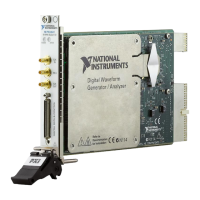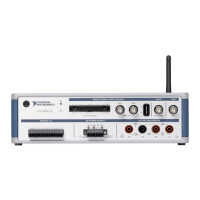Chapter 2 DAQ System Overview
© National Instruments Corporation 2-3 NI USB-621x User Manual
Factory-calibration constants are permanently stored in an onboard
EEPROM and cannot be modified. When you self-calibrate the device,
software stores new constants in a user-modifiable section of the EEPROM.
To return a device to its initial factory calibration settings, software can
copy the factory-calibration constants to the user-modifiable section
of the EEPROM. Refer to the NI-DAQmx Help or the LabVIEW Help in
version 8.0 or later for more information about using calibration constants.
For a detailed calibration procedure for USB-621x devices, refer to the
B/E/M/S Series Calibration Procedure for NI-DAQmx by clicking
Manual Calibration Procedures on
ni.com/calibration.
Signal Conditioning
Many sensors and transducers require signal conditioning before a
measurement system can effectively and accurately acquire the signal.
The front-end signal conditioning system can include functions su ch
as signal amplification, attenuation, filtering, electrical isolation,
simultaneous sampling, and multiplexing. In addition, many transducers
require excitation currents or voltages, bridge completion, linearization,
or high amplification for proper and accurate operation. Therefore, most
computer-based measurement systems include some form of signal
conditioning in addition to plug-in data acquisition DAQ devices.
Sensors and Transducers
Sensors can generate electrical signals to measure physical phenomena,
such as temperature, force, sound, or light. Some commonly used sensors
are strain gauges, thermocouples, thermistors, angular encoders, linear
encoders, and resistance temperature detectors (RTDs).
To measure signals from these various transducers, you must convert them
into a form that a DAQ device can accept. For example, the output voltage
of most thermocouples is very small and susceptible to noise. Therefore,
you may need to amplify or filter the thermocouple output before digitizing
it. The manipulation of signals to prepare them for digitizing is called
signal conditioning.
For more information about sensors, refer to the following documents:
• For general information about sensors, visit
ni.com/sensors.
•If you are using LabVIEW, refer to the LabVIEW Help by selecting
Help»Search the LabVIEW Help in LabVIEW and then navigate to
the Taking Measurements book on the Contents tab.

